According to a VNA reporter in Moscow, Russian scientists have invented the world's first bionic prosthetic limb with optical sensors, expected to be provided to Russian patients as early as January 2026.
A Russian invention company has introduced the Omni Hand, the world ’s first optically controlled bionic hand. The key feature of the device is the use of optical sensors (OMG), which read signals from the wrist tendons rather than from the muscles as in traditional prosthetics.
This is a completely new approach, allowing prosthetic limbs to be fitted to people with muscle weakness, following injury from electric shock, frostbite or other trauma, and providing the most natural movement control possible.
The sensors, mounted on the wrist, can read the electrical activity of the muscles like traditional systems, and also record changes in tissue translucency that occur when tendons move – when a person tenses or relaxes their hand, blood flow and the position of the tendons change. These small movements are recorded by the sensors and transmitted to the prosthetic limb, the developers explained to Izvestia.
When the user performs a “virtual” gesture, such as clenching a fist, performing a “pinch” gesture, or performing a “pistol” gesture, the prosthetic limb will recognize this movement and replicate it exactly in real time.
Unlike most other prosthetics, which require selecting sequential gestures, the Omni Hand can reproduce them in any order, making control intuitive and fast.
This represents a new level of human-technology interaction, says Andrey Davidyuk, CEO of developer Motorika. It’s not just about responding to movements, but also understanding the user’s intentions. It’s a step towards truly natural control of bionic limbs.
The bionic hand can remember up to six separate gestures. These are selected by a user decision support system (UDSS). The system analyzes signals, adapts to each user, and becomes more accurate over time. This allows the prosthetic to “learn” with the user, improving response and increasing the precision of movements.
Although optical sensors in prosthetic limbs have been studied by several research groups abroad, Russia is the first to turn this technology into a practical product and put it into use. Mass production of this prototype will begin in January 2026. The first eight users received the prosthetic limbs in pilot tests and they continue to use them regularly.
Vladimir Ermishin, Head of the Laboratory of Peripheral Bioprosthetics at Samara Medical University, stressed that this development can truly be called a breakthrough in the field of prosthetics and is especially promising for people with muscle atrophy and nerve loss – people who have so far been largely unable to use smart prosthetics.
New prosthetic devices will be provided free of charge to Russian citizens, paid for by the federal budget./.
Source: https://www.vietnamplus.vn/first-artificial-hand-controlled-by-optical-camera-post1071051.vnp



![[Photo] Cat Ba - Green island paradise](/_next/image?url=https%3A%2F%2Fvphoto.vietnam.vn%2Fthumb%2F1200x675%2Fvietnam%2Fresource%2FIMAGE%2F2025%2F12%2F04%2F1764821844074_ndo_br_1-dcbthienduongxanh638-jpg.webp&w=3840&q=75)









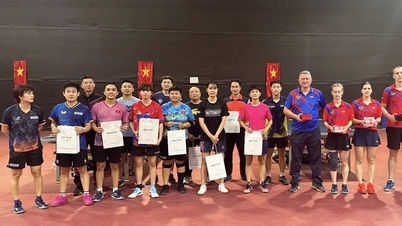

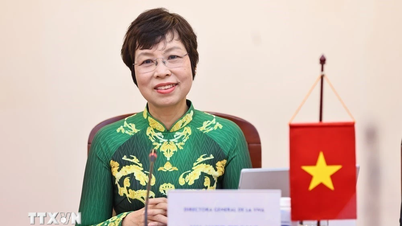
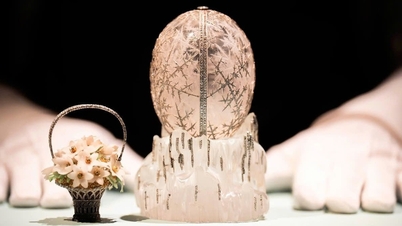








![[Video] Digital system for managing science and technology tasks](https://vphoto.vietnam.vn/thumb/402x226/vietnam/resource/IMAGE/2025/12/04/1764810148741_1764673678503-jpg.webp)









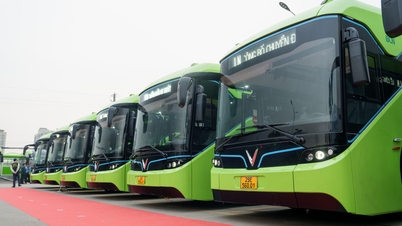

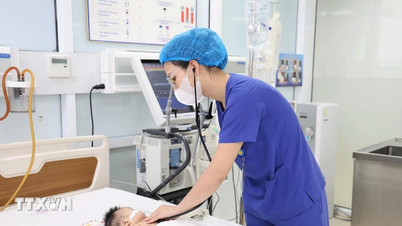



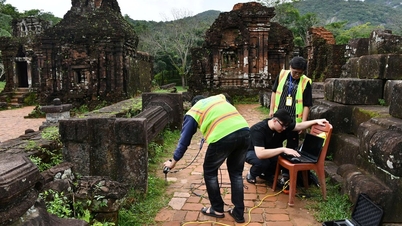

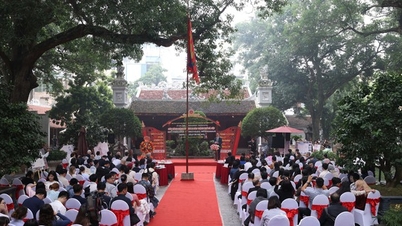





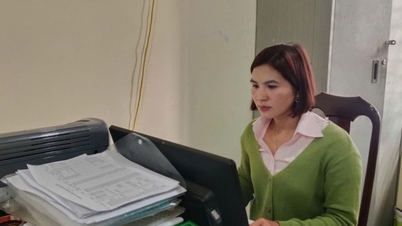

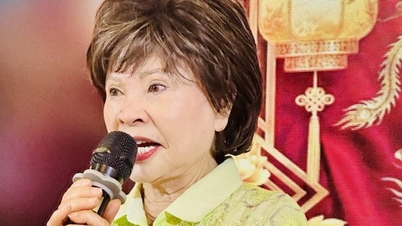

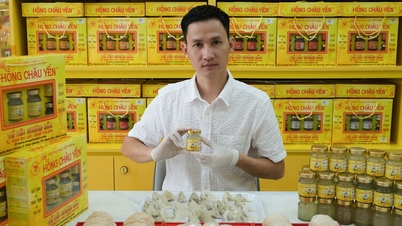

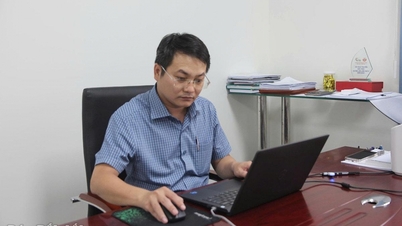


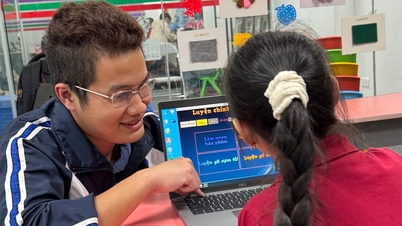


![[VIMC 40 days of lightning speed] Hai Phong Port determined to break through, reaching the target of 2 million TEUs by 2025](https://vphoto.vietnam.vn/thumb/402x226/vietnam/resource/IMAGE/2025/12/04/1764816441820_chp_4-12-25.jpeg)



















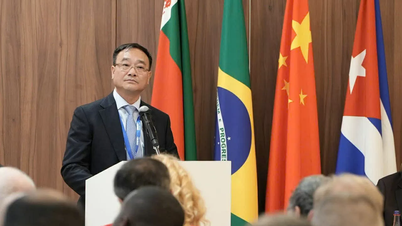

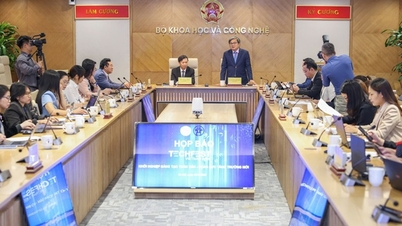









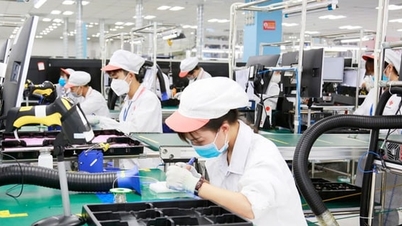

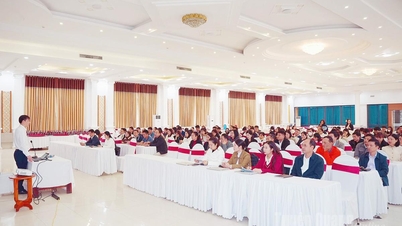

![[Photo series] Panorama of Long Thanh Airport before inauguration day](https://vphoto.vietnam.vn/thumb/402x226/vietnam/resource/IMAGE/2025/12/04/1764822152985_anh_8_20251204103350_20251204110421.jpeg)

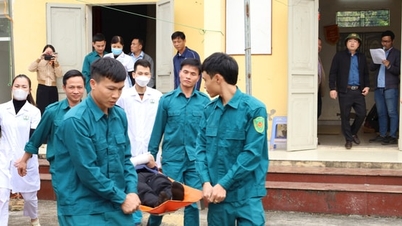












Comment (0)